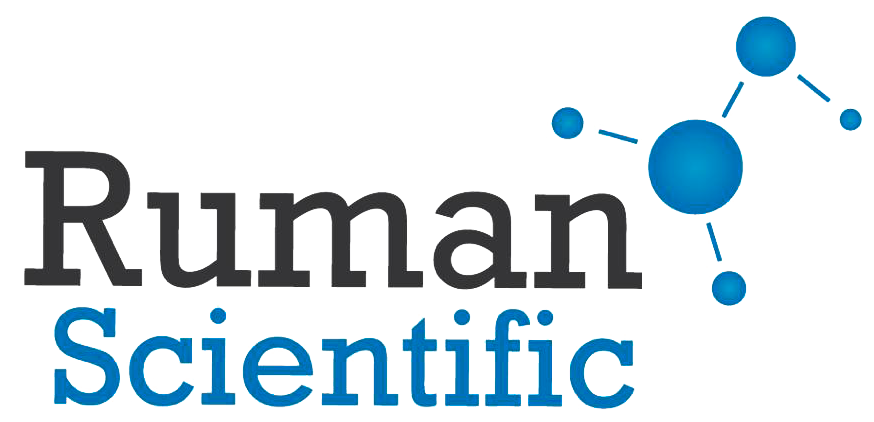NARCOTICS IDENTIFICATION
Mobile techniques for fast and accurate identification of illegal drugs and narcotics are in demand by several agencies involved in removing controlled substances from circulation. Raman spectroscopy is considered a confirmatory test under Category A by the Scientific Working Group for the Analysis of Seized Drugs (SWGDRUG), and may be used towards obtaining sufficient probable cause to hold suspects. Street drugs are typically contaminated with degradation products, impurities, diluents and unreacted precursors. These contaminations often will have strong fluorescence interference and cannot be analyzed using previous generation 785 nm Raman-based systems. Handheld Raman using 1064 nm excitation reduces this interference.
CHEMICAL DETECTION IN THE FIELD
The high specificity and reduced fluorescence of the handheld Rigaku Progeny ResQ FLX allows it to identify common narcotics, as well as identify cutting agents, precursors, clandestine lab hazards, and in many cases even the manufacturing source. Some examples of the high specificity and quality spectra observed are shown in Figures 1 and 2. These spectra illustrate the ease with which Progeny ResQ FLX can differentiate between compounds, even if they have similar structures.

MINIMIZE SAMPLE INTERFERENCE WHILE MAXIMIZING EFFICIENCY
Raman spectra of street heroin was easily collected using a Progeny ResQ 1064 nm excitation compared to 785 nm Raman in Figure 3. When measured at 785 nm, the sample shows much more fluorescence, as can be seen by the broad curvature of the baseline. This fluorescence obscures the specific characteristic Raman peaks of the heroin.

CONCLUSION
The high specificity and mobility of the handheld Progeny ResQ FLX makes it ideal for the identification of narcotics, even impure street drugs. Its integrated digital camera is optimal for tracking samples and creating complete reports, simplifying analysis procedures.

